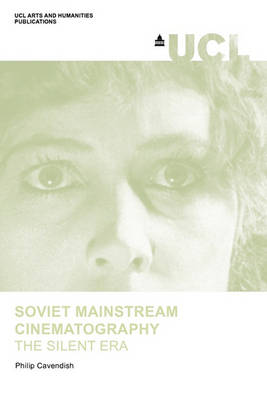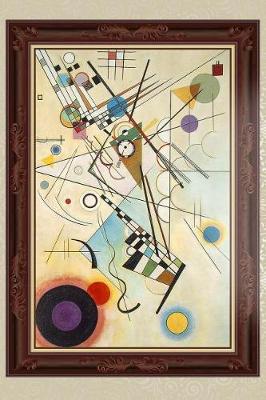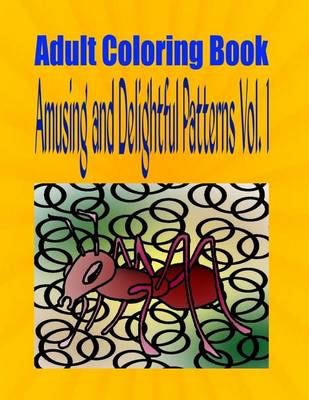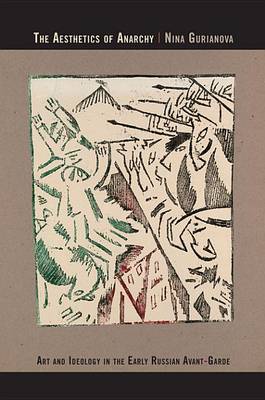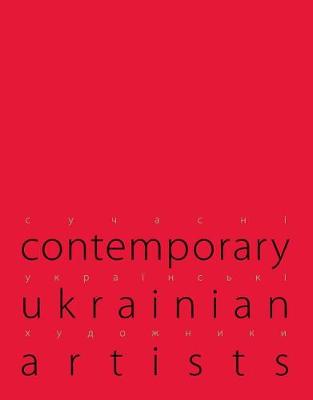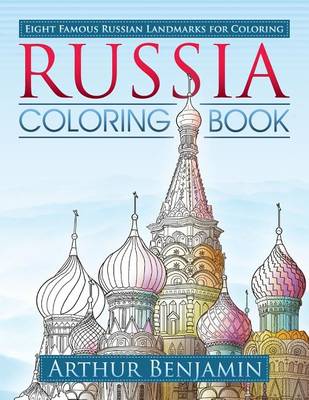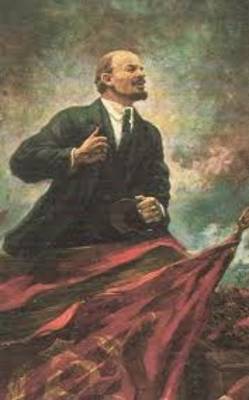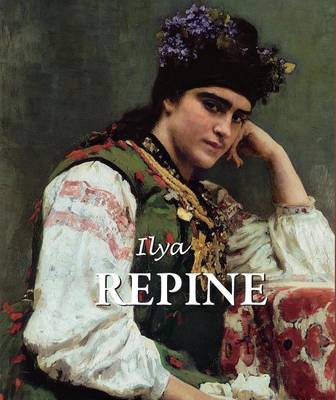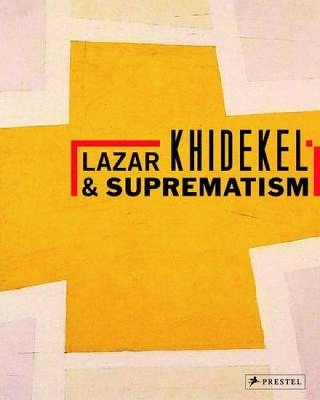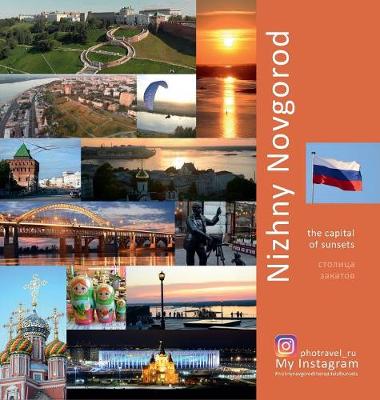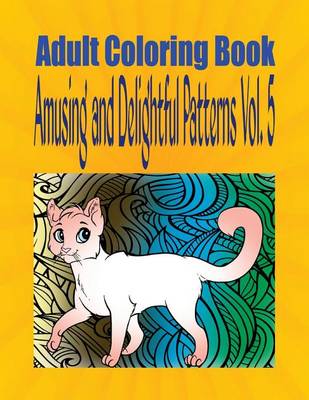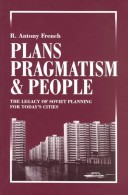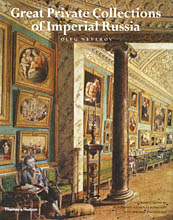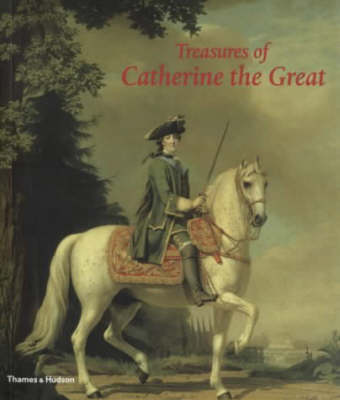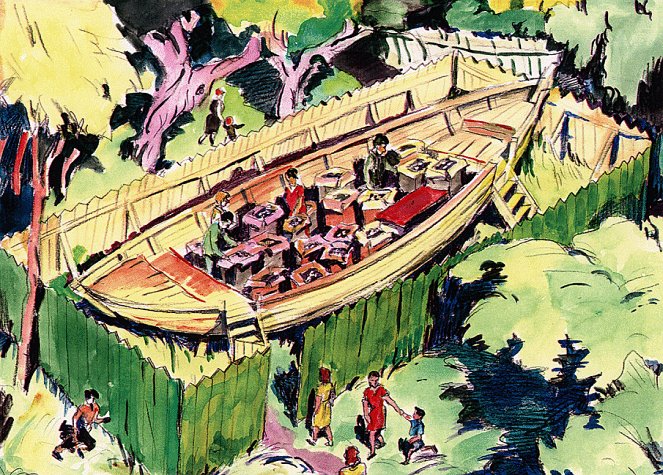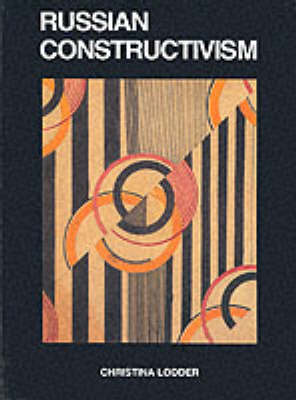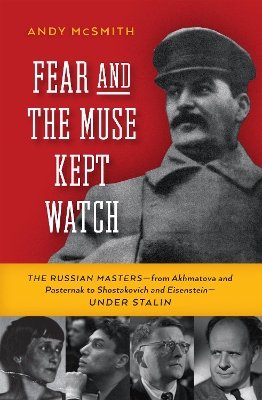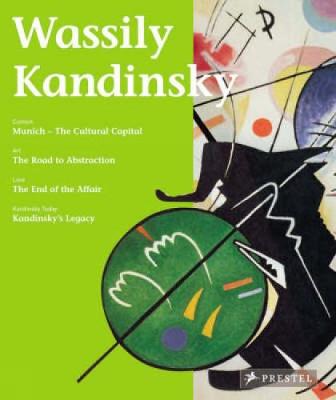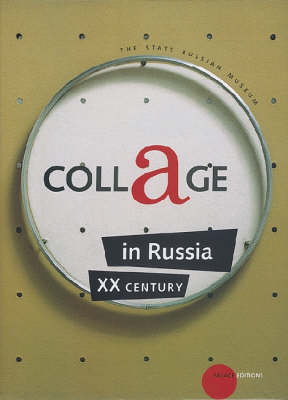Adult Coloring Book Amusing and Delightful Patterns Vol. 1
by Professor of Law William Wilson
In this groundbreaking study, Nina Gurianova identifies the early Russian avant-garde (1910-1918) as a distinctive movement in its own right and not a preliminary stage to the Constructivism of the 1920s. Gurianova identifies what she terms an "aesthetics of anarchy" - art-making without rules - that greatly influenced early twentieth-century modernists. Setting the early Russian avant-garde movement firmly within a broader European context, Gurianova draws on a wealth of primary and archival so...
Russia for Kids: People, Places and Cultures - Children Explore the World Books
by Baby Professor
Ideology and the Arts in the Soviet Union (International Library of Twentieth Century History, v. 60)
by Steven Richmond
Lenin was an unambiguous supporter of total censorship and control of culture, while, interestingly, a young Stalin defended Bulgakov against charges of 'bourgeois' leanings. By charting the direction of theatre, literature and the Bolshevik leadership in this period, Steven Richmond provides a fascinating history of cultural life in communist Russia - and an insight into the character of totalitarianism itself. Essential reading for students and scholars of twentieth century social, literary an...
For decades the work of Lazar Khidekel has been undeservedly overlooked by galleries and museums - primarily because the Russian avant-garde movement was interrupted midstream and forced underground by the Soviet state. This elegantly designed book provides the perfect introduction to Khidekel's decades-long career and coincides with a recently renewed fascination with Suprematism and the development of 20th-century abstraction. A student of Chagall and Malevich, Khidekel was an artistic prodigy...
Adult Coloring Book Amusing and Delightful Patterns Vol. 5
by Professor of Law William Wilson
Plans Pragmatism And People (Changing Eastern Europe S., #2)
by Tony French
This work provides a survey of the seven decades of Soviet power in the context of the planning and development of its cities. Throughout this historical analysis, the author assesses the consequences of the period for the successor States that rose from the ashes of the Soviet bloc and are struggling to establish and organize themselves today. The book begins with an overview of the legacy from the pre-revolutionary history of Russia, a legacy overwhelmingly rural, but with important urban elem...
Great Private Collections of Imperial Russia
by Oleg Yakovlevich Neverov
Prior to the Revolution of 1917, Russia had one of the greatest traditions of private art collecting in the world. The first great collections were created by the aristocracy, and then by the newly rich industrialists and businessmen in the 19th century. Finally came the 'Merchant Princes', who were among the first and most important collectors of Impressionist and Modern Art. After 1917, all these collections were confiscated by the State, put into reserves in Moscow and Leningrad, and eventual...
Treasures of Catherine the Great
by Geraldine Norman and Mikhail B. Piotrovski
Catherine the Great was one of the greatest and most astute art collectors of all time. During her reign she amassed an astonishing collection, now kept in the Hermitage Museum in St Petersburg, Russia's foremost museum and one of the world's great encyclopaedic collections of art. This catalogue is tied to the year-long exhibition running at the first 'foreign branch' of the State Hermitage, opening this year at Somerset House in London. Reproduced here are some of the finest holdings in Cather...
Ilya Kabakov is regarded as Russia's most important living artist. Together with his wife Emilia, he has conceptualized "Monument to a Lost Civilization." The project reconstructs the condition of life in the Soviet Union and its institutional paradigms through the voices, false hopes, and dreams of the people. This project represents the main dream of the two artists for the last ten years. The book brings together sketches, drawings, and photographs of thirty-eight of the artists' installation...
One of the most exciting movements in 20th century art, Russian constructivism radically reassessed the role of the artist and his work. Here, Lodder provides a detailed account of this complex movement and the reverberations it had on Western culture.
Can great art be produced in a police state? Josef Stalin ran one of the most oppressive regimes in world history. Nevertheless, Stalinist Russia produced an outpouring of artistic works of immense power. More than a dozen great artists were visible enough for Stalin to take an interest in them - which meant he chose whether they were to live in luxury and be publicly honoured or to be sent to the Lubyanka for torture and execution. Journalist and novelist Andy McSmith brings together the storie...
This highly readable introduction to the abstract artist Wassily Kandinsky reveals why he remains one of the most influential and imitated artists. This book explores all facets of Kandinsky s life and career, from his radical work as the founder of the Blue Rider group and his escape from Weimar Germany to Paris, to his stormy love affair with the painter Gabriele MAnter and his many friendships with leading artists of his generation. Color reproductions of Kandinsky's works are presented along...
This richly illustrated catalogue documents the exhibition organized by the Walters Art Museum, Baltimore, in partnership with the State Russian Museum, St Petersburg. Featuring celebrated paintings by such pioneering artists as Wasilii Kandinsky, Kazimir Malevich, Vladimir Tatlin and Natalia Goncharova, it also includes the work of more than 20 other innovative artists of the Russian avant-garde, some of whose art has rarely been reproduced in colour. These intriguing paintings are juxtaposed w...
Published to accompany an exhibition at The State Russian Museum, St. Petersburg, this catalogue beautifully presents a history of Russian collage, with an emphasis on the middle and later years of the 20th century. Works by Popova, Rodchenko, and Malevich allow the reader to see the roots of later constructions, in chapters organised by application, including texture, assemblage, decoupage, and photomontage.
